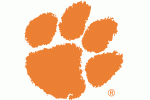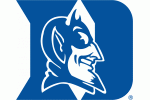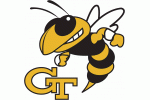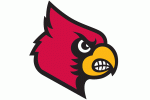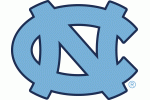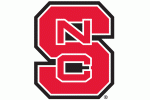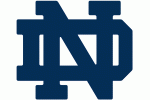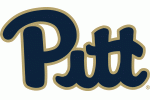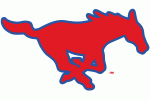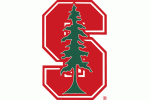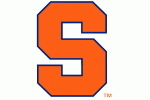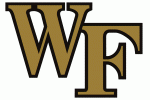In the span of three days UNC took two hits. One was losing to Texas in heartbreaking fashion on a shot at the buzzer. Couple the nature of the loss with the Tar Heels failing to do those things which Roy Williams' teams do well, there were plenty of questions about the preseason #1 team. Two days later news broke that starting center Kennedy Meeks would be out for a period of time with a bone bruise in his knee. While UNC's schedule could tolerate Meeks' absence(save the game versus UCLA this weekend) his loss would force the team to adjust on the fly.
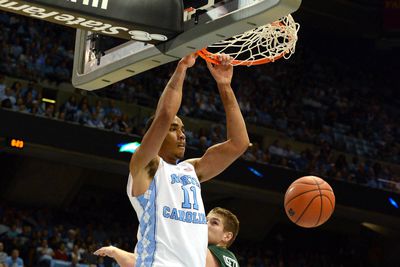 Facing a team ranked in the 200s in KenPom is a good place to start in adjusting to the loss of a key player. UNC wasted little time opening the game up against Tulane and weathering a second half shooting drought to finish with a 96-72 win.
Facing a team ranked in the 200s in KenPom is a good place to start in adjusting to the loss of a key player. UNC wasted little time opening the game up against Tulane and weathering a second half shooting drought to finish with a 96-72 win.
On the offensive end it was UNC's best game of the season in terms of overall efficiency. The Tar Heels finished with an offensive efficiency of 135.6, a season high and the 25th best rating in the Roy Williams era. Part and parcel to the efficiency was the assist rate. UNC had 30 assists on 36 made baskets for a gaudy rate of 83.3%. Three Tar Heels had at least seven assists led by Joel Berry with nine. Marcus Paige and Justin Jackson had seven apiece.
More impressive than the overall execution was the manner in which UNC was able to flip the offensive switch after Tulane had cut into the Tar Heels 19 point halftime lead. UNC went through a shooting drought through the first ten minutes of the second half UNC shot 7-for-19 from the floor and allowed Tulane to get as close as 13. The Tar Heels led 64-50 with 9:07 left when UNC dropped the offensive hammer. Over the next seven minutes UNC would hit 11 of 14 shots including 5-for-6 from three. That kind of offensive flurry is reminiscent of the Tar Heels from the end of the last decade which had the capability of burying teams with a two minute burst.
UNC's offensive outbursts would be even more effective if the defense could catch up. For much of the first half, UNC did a stellar job disrupting the Tulane offense and forcing a team with a 21.9% turnover rate to do just that, turn the ball over. Carolina converted eight first half turnovers by the Green Wave into 11 points on the way to a 50 point first half and 19 point lead. In the second half, the defense struggled as Tulane stopped turning the ball over and started hitting shots. That coincided with UNC's shooting drought that permitted Tulane to cut into the lead.
The Tar Heel offense eventually got into gear with a 15-0 run to make the remainder of the game academic however the underlying problem still remained. The Tar Heels allowed a team which came into the contest not even scoring a point per possession to post an adjusted offensive efficiency of 101.7. It was just the fifth time all season Tulane had cracked 50% in eFG with the Green Wave doing most of the damage in the second half. After halftime. Tulane shot 19-for-34 for 55.9%. UNC did limit the three point looks with the Green Wave taking just five threes and making one but overall the second half defense gave far too much away against an inferior team.
There is little doubt at this point UNC can score with any team in the country. The Tar Heels have three point shooters, post players than can score and a transition offense that is difficult to stop. The defensive issues are worrisome and with Kennedy Meeks out, could get worse before they get better. UNC can win a shootout but as the Texas game showed on Saturday, one bad possession on either end can cost you the game.
For now, UNC got a look at life without Kennedy Meeks and for the most part played extremely well. The caliber of opponent had something to do with that but the exercise in adjustments is an important one. Now UNC will try to get past UCLA on Saturday then hope Meeks can return before ACC play gets too far along.




